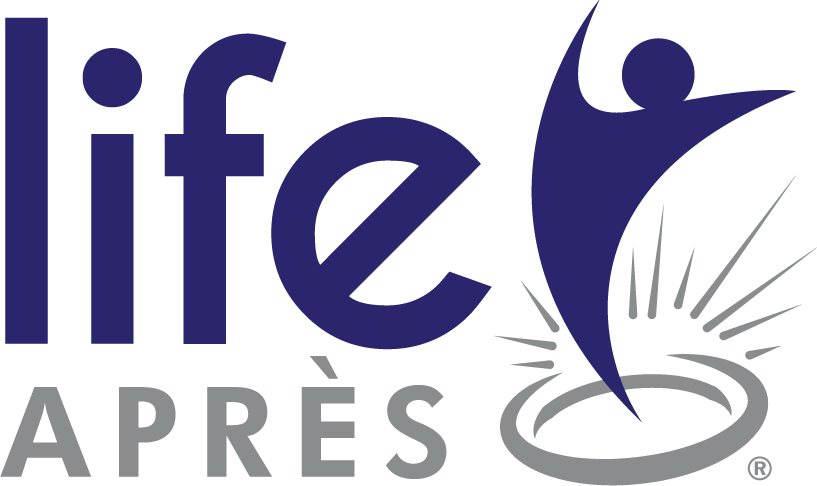The men’s personal care market is still growing, too. According to insights from Orbis Research, the global men’s grooming products market is projected to grow at a 5% year-over-year clip through 2023, driven by increased beauty consciousness around men’s body care and social trends.
But a few personal care brands that started with a focus on the male demographic have decided not to stop there. They want a piece of the women’s market, too.
Harry’s is one of these. The men’s razor and personal care company launched women’s hair removal line called Flamingo in October 2018 through the vehicle of Harry’s Labs, a new organization under the company’s umbrella that helps build and scale consumer product goods.
Helmed by Harry’s team members Allie Melnik and Brittania Boey, growth has been dramatic so far. Flamingo hit its annual sales goal only one month after launch, saw 32% month-over-month growth from November to January, and is on target to reach one million customers by the end of June 2019, just eight months post-launch.
What’s driving this incredible growth rate? Aside from word-of-mouth referrals and focusing on customer feedback to inform product strategy, the brand’s retail partnership with Target has been a key factor. With an existing relationship already established for the Harry’s line, it made sense to bring Flamingo on board there, too.
“Target has been a great partner for us that really shares our vision,” said Brittania Boey. “It allowed us to bring our solution to a large market at a fair price.”
It’s not just Flamingo’s razors that are flying off the shelves, either. The brand’s face wax kits have also been a top-seller: So much so that their six-month inventory for these sold out in just two weeks’ time.
By taking a traditionally high-touch service performed at a salon and making it simple and accessible for at-home use, they seem to have touched on a gap in the market that was ripe for a solution—and are reaping the financial benefits of that discovery.
This isn’t the only instance of a men’s personal care line finding success with a women-focused spinoff line, however.
Brickell Men’s Products also recently rolled out a new female-focused product line called Eight Saints, which leverages the same natural ingredients used in their men’s line.
The brand’s universal focus on natural ingredients is a smart move—especially for the women’s line, considering The NPD Group’s Women’s Facial Skincare Consumer Report from 2017 found that as many as 50% of female skincare shoppers actively look for natural or organic ingredients in their products.
Founder and CEO Josh Meyer explained that for them, transitioning into the highly competitive women’s personal care market was relatively easy from a R&D perspective, as they already had a clear vision about ingredients and mission from their work with Brickell Men’s.
Navigating the competitive landscape has been less simple, however, as they needed to nail down a unique brand and message that would offer something new to this already crowded and highly competitive marketplace.
“Women’s product education, use, and purchase patterns are much different than men’s, so we’ve had to look over every piece of data we’re getting and fine-tune everything along the way,” Meyer said.
However, he went on to explain that the company’s e-commerce focus does serve as a competitive advantage for the brand that allows them to enhance and control the entire customer experience.
Does this mean they’ll stay in the direct-to-consumer lane exclusively? Not quite.
Meyer is currently in discussions with a few large luxury retailers that Brickell Men’s has existing relationships with, but plans to keep the core of the business rooted in the direct-to-consumer model.
From a macro perspective, it’s no surprise that men’s personal care lines are introducing female-focused products.
Direct-to-consumer retail expert Nik Sharma explained this is a strategic move that will help established brands dramatically expand their customer base, making the company even more attractive should they want to sell down the road.
“Men’s personal care products that already have the supply chain figured out can introduce a women’s line and be profitable with it almost overnight,” he said.
He went on to say that since men’s lines are often selling to one part of a household, new women’s lines present a logical progression that allows brands to connect with the other half (like a spouse or partner) and offer them products as well.
Will we see this trend continue in other retail verticals as well? For the same reason Sharma outlined above, the answer is likely yes.
Reports of this trend within the fashion world started popping up back in 2016, so it may just be that other verticals are finally getting on board and were a bit slower to take note and capitalize on the opportunity.
